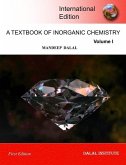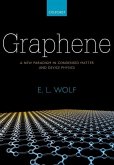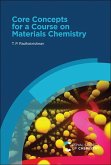Organosilicon Compounds: Theory and Experiment (Synthesis), volume 1, comprises two parts. The first part, Theory, covers state-of-the-art computational treatments of unusual nonstandard organosilicon compounds that classical bonding theory fails to describe adequately. The second part, Experiment (Synthesis), describes recent synthetic advances in the preparation of a variety of organosilicon compounds with different coordination numbers of the central silicon: from tetracoordinate to low-coordinate to hypercoordinate derivatives. Organosilicon Compounds: From Theory to Synthesis to Applications provides a comprehensive overview of this important area of organic and organometallic chemistry, dealing with compounds containing carbon-silicon bonds. This field, which includes compounds that are widely encountered in commercial products such as in the fabrication of sealants, adhesives, and coatings, has seen many milestone discoveries reported during the last two decades. Beginning with the theoretical aspects of organosilicon compounds' structure and bonding, the book then explores their synthetic aspects, including main group element organosilicon compounds, transition metal complexes, silicon cages and clusters, low-coordinate organosilicon derivatives (cations, radicals, anions, multiple bonds to silicon, silaaromatics), and more. Next, readers will find valuable sections that explore physical and chemical properties of organosilicon compounds by means of X-ray crystallography, 29Si NMR spectroscopy, photoelectron spectroscopy, and other methods. Finally, the work delves into applications for industrial uses and in many related fields, such as polymers, material science, nanotechnology, bioorganics, and medicinal silicon chemistry.








